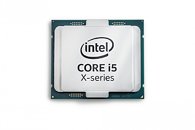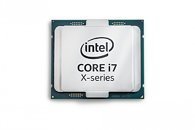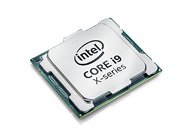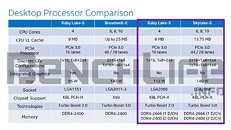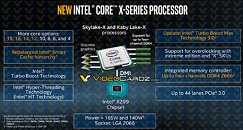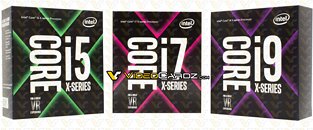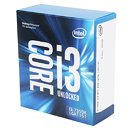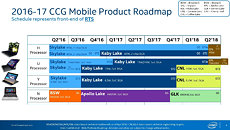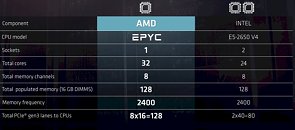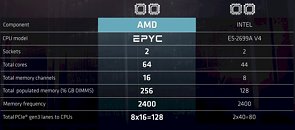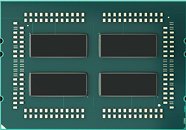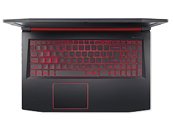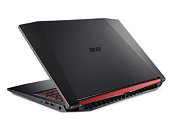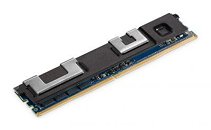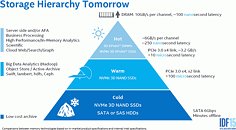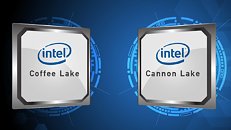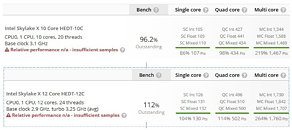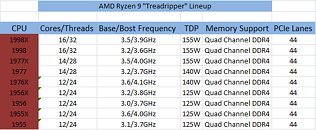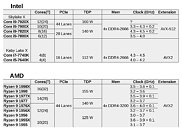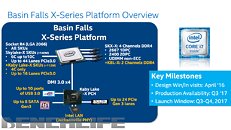
Intel's Skylake-X, Kaby Lake-X HEDT CPUs to use TIM; Won't be Soldered
If you had your eyes on those new Intel HEDT processors, which were posted just today with some... Interesting... price-points, you'll be a little miffed to know that Intel has gone on and done it again. The few cents per unit that soldering the CPU would add to the manufacturing costs of Intel's HEDT processors (starting at $999, tray-friendly prices) could definitely bring the blue giant to the red. As such, the company has decided to do away with solder even on its HEDT line of high-performance, eye-wateringly-expensive CPUs in favor of their dreaded TIM.
The news have been confirmed by der8auer, a renowned overclocker. And as you have probably seen in our own VSG's review (and if you haven't shame on you and click that link right away), delidding Intel's CPU's and ridding them of their TIM can improve temperatures by up to a staggering 21 ºC (case in point, an i7-7700K). And that's a quad-core CPU; imagine an Intel Core i9-7980XE 18-core processor sitting under that TIM, and overclocking it to boot. Those are more than four times the cores under an equally bad thermal interface; add to that the likely presence of a thermally-insulating air-gap, and you can imagine where this is going. If you are planning on going for Intel's HEDT platform, you better take those delidding tools off your shelf.
Update: Check this video here for some more information. Turns out both Skylake-X and Kaby Lake-X will make use of the referred TIM, but Skylake-X dies, which make use of a stacked PCB, won't be deliddable with current tools. A new tool is going to be developed by der8auer alongside ASUS for these chips.
The news have been confirmed by der8auer, a renowned overclocker. And as you have probably seen in our own VSG's review (and if you haven't shame on you and click that link right away), delidding Intel's CPU's and ridding them of their TIM can improve temperatures by up to a staggering 21 ºC (case in point, an i7-7700K). And that's a quad-core CPU; imagine an Intel Core i9-7980XE 18-core processor sitting under that TIM, and overclocking it to boot. Those are more than four times the cores under an equally bad thermal interface; add to that the likely presence of a thermally-insulating air-gap, and you can imagine where this is going. If you are planning on going for Intel's HEDT platform, you better take those delidding tools off your shelf.
Update: Check this video here for some more information. Turns out both Skylake-X and Kaby Lake-X will make use of the referred TIM, but Skylake-X dies, which make use of a stacked PCB, won't be deliddable with current tools. A new tool is going to be developed by der8auer alongside ASUS for these chips.



